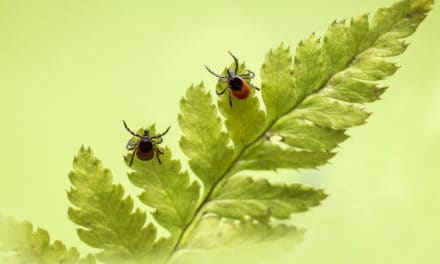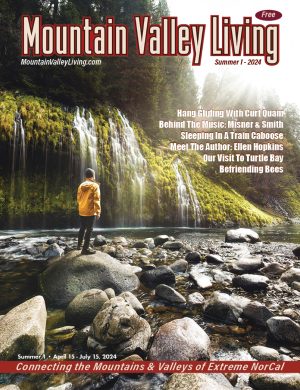 Our Elderberry Longhorn Beetles By: Jim Moore, Insect Naturalist –
Our Elderberry Longhorn Beetles By: Jim Moore, Insect Naturalist –
Recently, a friend sent me some very nice photos of an Elderberry Longhorn Beetle that he photographed on an elderberry shrub near Lake Almanor in Plumas County. Perhaps being somewhat familiar with the well known threatened ‘Valley Elderberry Longhorn Beetle,’ (subspecies Democritus Californians dimorphus), which is endemic only to California Central Valley riparian habitats, wherever Elderberry grows; he was surprised to find one “way off the map” up in the mountains of Northeastern Plumas County.
A little online research revealed that there is actually another non-threatened ‘Golden Elderberry Longhorn Beetle’ species, (subspecies Democritus Californians aureipennis), which is found primarily within higher elevation Western mountain habitats, from British Columbia to California, wherever elderberry shrubs are found. This species shows some subspecies location variation in appearance, and elderberry species host preference; and may someday be divided into separate species. The geographic range of these two species in the NorCal region do not overlap. These two elderberry longhorn beetles are ‘dimorphic’ species, which means the males and females are
colored differently. The photos sent to me by my friend were of a male Golden Elderberry Longhorn Beetle: the one shown with the bright red-orange ‘elytra’ (wing covers). The male Valley Elderberry Longhorn Beetle has four large oblong black spots on the red-orange elytra. The females of both species look fairly similar: mostly black with an edge of red-orange
surrounding the elytra, as shown in the photo of a female Valley Elderberry Longhorn Beetle.
In the year 1980, the US Fish and Wildlife Service listed the Valley Elderberry Longhorn Beetle (VELB) a threatened species due to extensive loss of VELB elderberry riparian habitat within California’s great Central valley; extending from Shasta County in the north through Madera County in the south, and including some adjacent low elevation foothill habitats. The VELB now exists in fragmented locations; and efforts to restore Elderberry habitat have been slow, and in 2014 a request to delist the VELB as a threatened species was denied. The larva of our two NorCal Elderberry Longhorn beetle species live and grow within the ‘pith’ of living Blue Elderberry branches; and may take one to two years before emerging as adult beetles. This emergence occurs during the blooming season of the elderberry shrubs between March and June, depending on species and differences between valley and mountain elevations. Adults feed on elderberry leaves and flowers; and may serve as pollinators of their own host plant. The lifespan of these adult beetles is short, at about two to three months.
I have titled this story ‘Our Elderberry Longhorn Beetles’ because both Elderberry beetles species, and the Elderberry tree-shrubs are part of the beauty of ‘our’ NorCal natural environment and heritage; and as such are well worth preserving for ‘our’ children, and grandchildren, and all future generations. r












